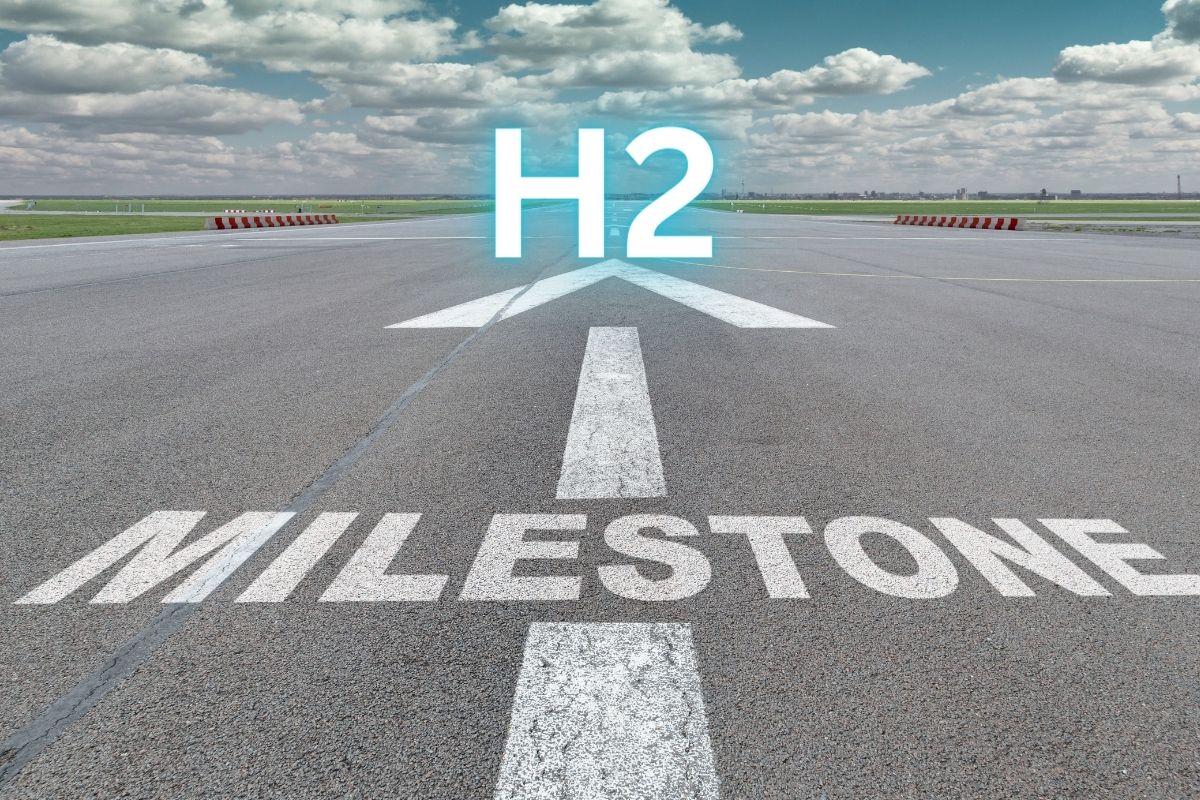
FuelCell Energy Extends Carbon Capture Collaboration with Exxon Mobil to 2026
December 16, 2024FuelCell Energy and Exxon Mobil have announced an extension to their joint research and development agreement through the end of 2026. This collaboration focuses on advancing a cutting-edge carbon capture and storage (CCS) technology while simultaneously generating electricity and hydrogen. The announcement highlights both progress made and the future potential of this technology in addressing CO2 emissions from industrial sources. According to FuelCell Energy, this extension will support the integration of the jointly developed technology into existing carbon capture solutions, with a pilot project currently underway in the Netherlands.
How FuelCell Energy Makes Carbon Capture Clean
FuelCell Energy’s approach to carbon capture is unique, offering a method that simultaneously captures CO2 from exhaust streams and produces electricity. The centerpiece of this innovation is called the carbonate fuel cell. These fuel cells operate through an electrochemical process that draws energy from hydrogen-rich fuels, such as natural gas or biogas, without combustion. This process not only minimizes air pollutants like nitrogen oxides but also makes CO2 capture more efficient.
Here’s how it works in practice. Flue gases containing CO2 from industrial processes or fossil fuel power plants are directed into the fuel cell. The CO2 is electrochemically transferred from one side of the fuel cell (called the cathode) to the other (the anode), concentrating it for easy capture. Once concentrated, the CO2 can be purified and either stored underground or reused in industrial applications like cement production or beverage carbonation. Unlike traditional carbon capture systems that consume considerable amounts of energy, carbonate fuel cells produce additional electricity during the process, boosting the overall energy output of the facility using them.
At scale, these systems are modular and can be adapted to match the specific energy and carbon capture needs of industrial sites. A typical multi-megawatt plant, for example, can trap emissions from major facilities while generating enough electricity to power thousands of homes.
Significance of the Milestone
This agreement extension marks a significant step forward in commercializing advanced carbon capture solutions. According to FuelCell Energy’s CEO, Jason Few, the fact that the technology has met or exceeded technical performance benchmarks is an encouraging sign. Few also emphasized the commercial opportunities this platform represents, particularly as governments and industries seek effective solutions to meet net-zero emission targets.
Conventional CCS technologies often consume around 20% of the power generated by a plant to operate. For industrial operators, this means lower net output and added costs. FuelCell Energy’s system flips this equation by turning carbon capture into an energy-generating process. Laboratory tests have shown it can increase the efficiency of power plants while capturing over 90% of carbon emissions – a threshold critical for many climate-focused initiatives.
The timing of this advance is notable, given the increasing pressures on energy-intensive industries like petrochemicals, steel, and manufacturing to reduce their greenhouse gas footprints. Along with the extension, FuelCell Energy and Exxon Mobil also plan to negotiate a commercial framework for deploying this technology more broadly. The pilot project at Exxon Mobil’s Rotterdam site will serve as a proving ground, paving the way for potential scaling across similar facilities worldwide.
Applications and Future Prospects
While the extension represents decades of research culminating in real-world deployment, its significance lies in how it addresses the challenges of large-scale industrial emissions. Right now, carbon capture using FuelCell Energy’s approach can play an essential role in modernizing existing infrastructure while reducing its environmental impact. For example, fossil fuel power plants outfitted with this technology can substantially lower emissions while generating electricity at nearly the same rate as before—or even better.
This technology also opens up opportunities to recycle captured CO2 into valuable products. Many industries require CO2 for processes like beverage bottling, meat processing, and manufacturing dry ice. Companies adopting these systems could not only cut emissions but also create revenue streams from capturing and selling CO2.
Looking ahead, the scalability of carbonate fuel cells offers a path for broader application across diverse industries. For existing coal and gas-fired systems, these fuel cells extend operational life by making facilities more sustainable. On the other end of the spectrum, as renewable energy continues to expand, integrating low-carbon hydrogen production enabled by these fuel cells could support cleaner energy transitions.
Carbon Capture as a Catalyst for Transitional Energy Solutions
The continuation of FuelCell Energy and Exxon Mobil’s partnership is a strong indicator of progress in the field of carbon capture and energy production. By addressing the existing limitations of CCS technologies, this advanced solution reduces economic barriers while providing immediate environmental benefits. Beyond tackling emissions, its dual-purpose nature—capturing carbon and generating electricity—makes it a versatile solution for industries looking to cut their carbon footprints without losing efficiency.
Deploying technologies like these now, in the power, manufacturing, and petrochemical sectors, can help bend the curve on global carbon emissions while meeting today’s energy demands. Over time, these systems also stand as transitional tools, bridging the gap between current industrial operations and a zero-emission future. Such steps toward sustainability offer not just opportunities for environmental protection but a practical path forward for industries navigating the pressures of climate responsibility.



 With over 15 years of reporting hydrogen news, we are your premier source for the latest updates and insights in hydrogen and renewable energy.
With over 15 years of reporting hydrogen news, we are your premier source for the latest updates and insights in hydrogen and renewable energy.